Discovering the Rich Flavors of Moroccan Tagine
When it comes to culinary delights that tantalize the taste buds and transport you to the vibrant streets of Morocco, few dishes can rival the rich flavors of Tagine. This traditional Moroccan stew is a masterpiece of aromatic spices and tender meats, slow-cooked to perfection in a conical clay pot. Each bite is a journey through centuries of culinary tradition, a symphony of flavors that dance on your palate.
Tagine is not just a dish; it's a cultural icon that embodies the essence of Moroccan cuisine. The history of Tagine is as rich and flavorful as the stew itself. Named after the earthenware pot in which it is cooked, this North African delicacy has evolved over generations, blending influences from Berber, Arab, and French culinary traditions. It has become a symbol of Moroccan hospitality and a centerpiece of festive gatherings.
What sets Moroccan Tagine apart are the key ingredients that lend it its distinctive taste. From the warm notes of cumin and saffron to the sweet aroma of cinnamon, each spice plays a crucial role in creating the complex flavor profile of this dish. Ingredients like preserved lemons, olives, and dates add a unique depth that elevates Tagine to a culinary masterpiece.
Tagine comes in a variety of forms, catering to different tastes and dietary preferences. Whether you prefer the classic lamb and prune version or opt for a vegetarian twist with chickpeas and root vegetables, there is a Tagine for everyone. Regional variations offer a glimpse into the diverse culinary landscape of Morocco, showcasing the creativity and ingenuity of local chefs.
Preparing Tagine is an art that requires patience and skill. The slow cooking technique used to tenderize tough cuts of meat and infuse the stew with flavors is a labor of love. Achieving the perfect balance of textures and tastes is a delicate dance that results in a dish that is both comforting and satisfying.
Serving Tagine is a feast for the senses, from the visual presentation in the iconic conical pot to the aromatic waft of spices that fills the air. Garnished with fresh herbs and nuts, Tagine is a dish meant to be shared with loved ones, a communal experience that brings people together around a table filled with warmth and flavor.
Aside from its delicious taste, Moroccan Tagine also offers a range of health benefits. Packed with protein, fiber, and essential nutrients, this dish is a nutritious addition to any diet. The combination of lean meats, vegetables, and spices not only delights the palate but also nourishes the body, promoting overall well-being.
Pairing Tagine with Moroccan mint tea is a match made in culinary heaven. The refreshing qualities of the tea complement the rich flavors of the stew, creating a harmonious balance of tastes. This traditional combination holds a special place in Moroccan culture, signifying hospitality and friendship.
In the ever-evolving world of culinary arts, chefs are constantly pushing boundaries and reimagining traditional dishes. Modern twists on Tagine recipes incorporate global ingredients and innovative techniques, offering a fusion of flavors that captivate the senses. This blend of tradition and innovation showcases the versatility and timelessness of Moroccan cuisine.
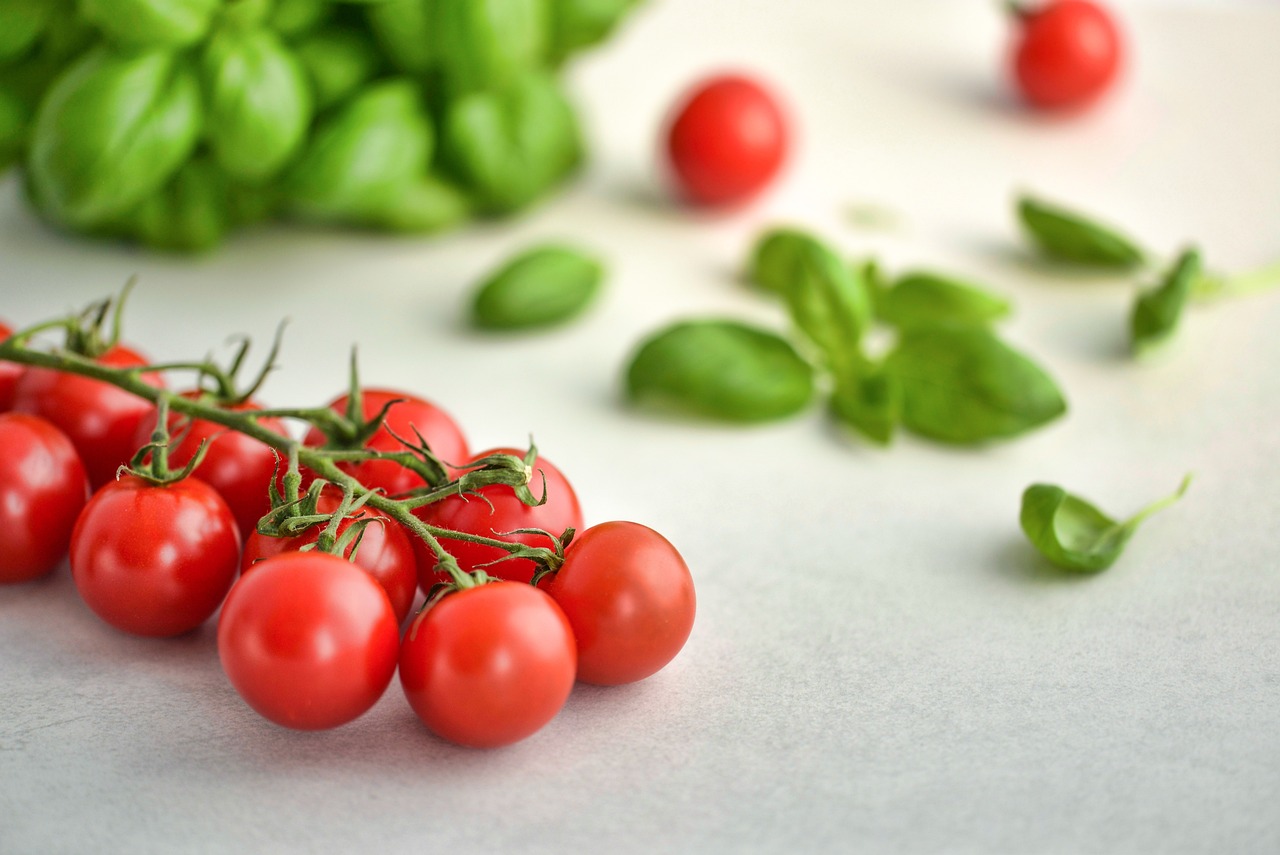
History of Tagine
The history of Tagine dates back centuries, originating in North Africa and gaining popularity in Moroccan cuisine. The name "Tagine" actually refers to both the dish itself and the special earthenware pot in which it is traditionally cooked. This unique pot features a conical lid that helps trap steam and circulate flavors, resulting in tender and aromatic dishes.
Historically, Tagine was a practical way for nomadic Berber tribes to cook meals using limited ingredients and resources. The slow cooking method allowed tough cuts of meat to become tender and flavorful, making it a staple in Moroccan households. Over time, Tagine has evolved into a symbol of Moroccan culinary tradition, with each region adding its own twist to the dish.
As Moroccan cuisine gained international recognition, Tagine became synonymous with exotic flavors and rich spices. The blend of sweet and savory ingredients, such as dried fruits, nuts, and aromatic herbs, reflects the diverse cultural influences that have shaped Moroccan gastronomy over the years.
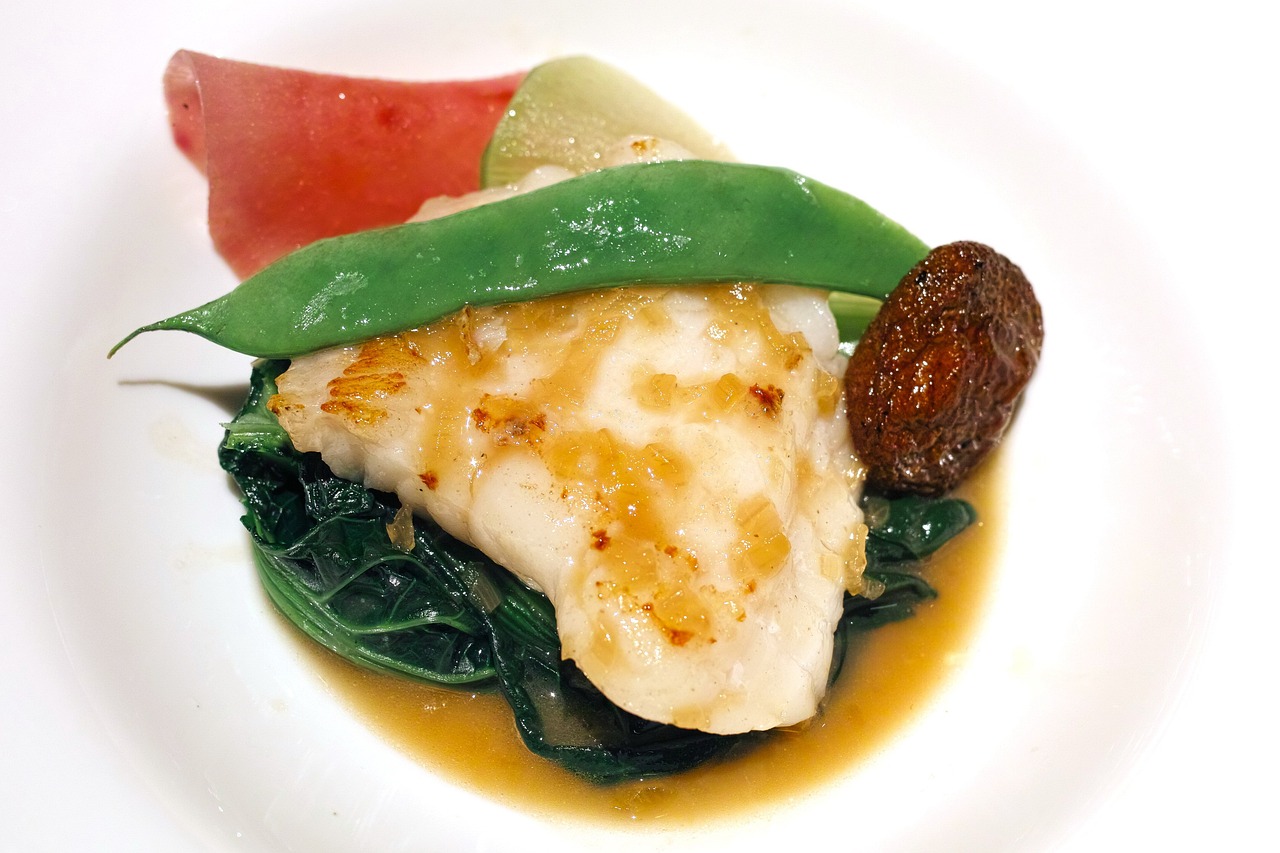
Key Ingredients
When it comes to creating the rich and complex flavors of Moroccan Tagine, the key lies in the selection of ingredients that work harmoniously to deliver a truly unforgettable culinary experience. The foundation of this traditional dish is built upon a blend of aromatic spices and unique components that come together to create a symphony of taste and texture.
One of the essential ingredients that define Moroccan Tagine is the use of a variety of spices that are characteristic of North African cuisine. Cumin, with its warm and earthy notes, forms the base of many Tagine recipes, while saffron adds a touch of luxury with its distinctive flavor and vibrant color. Cinnamon, with its sweet and woody aroma, provides a depth of flavor that is both comforting and enticing.
In addition to spices, Moroccan Tagine often incorporates ingredients that add a layer of complexity and depth to the dish. Preserved lemons, with their tangy and slightly bitter flavor, bring a unique brightness to the stew, while olives contribute a briny richness that complements the savory elements. Dates, with their natural sweetness, offer a touch of sweetness that balances the savory components of the dish.
Furthermore, the choice of protein, whether it be tender lamb, succulent chicken, or hearty beef, plays a crucial role in defining the character of the Tagine. The slow cooking process allows the meat to become tender and infused with the flavors of the spices and other ingredients, resulting in a melt-in-your-mouth texture that is truly satisfying.
When preparing Moroccan Tagine, the selection and combination of these key ingredients are essential in capturing the essence of this beloved dish. Each component contributes its own unique flavor profile, creating a harmonious blend that is both comforting and exotic, making every bite a journey to the vibrant streets of Morocco.

Varieties of Tagine
When it comes to Moroccan Tagine, the variety is as rich and diverse as the culture it represents. From the traditional lamb and prune Tagine to vegetarian options bursting with flavor, there is a Tagine for every palate and preference. Each variation offers a unique combination of ingredients and spices that come together to create a symphony of tastes and aromas.
One popular version of Tagine features succulent lamb or chicken paired with sweet dried fruits like apricots or prunes, creating a delightful contrast of flavors. The sweetness of the fruits balances perfectly with the savory meat and aromatic spices, resulting in a dish that is both comforting and exotic.
For those looking for a meat-free option, vegetarian Tagine is a delightful choice. Packed with hearty chickpeas, colorful root vegetables, and a medley of spices, this version showcases the abundance of fresh produce and bold flavors that Moroccan cuisine is known for. It's a wholesome and satisfying dish that celebrates the beauty of plant-based ingredients.
Additionally, seafood Tagine offers a taste of the sea with a mix of fresh fish or prawns cooked in a fragrant broth of tomatoes, peppers, and an array of spices. The delicate flavors of the seafood shine through, making it a refreshing and light alternative to the more robust meat-based Tagines.
Exploring the regional variations of Tagine unveils a world of culinary diversity within Morocco. Each region puts its own spin on the classic dish, incorporating local ingredients and traditional cooking techniques to create a Tagine that is unique to that area. Whether it's the coastal influences of seafood Tagine or the earthy flavors of a mountainous vegetable Tagine, there is always something new to discover in the world of Moroccan cuisine.
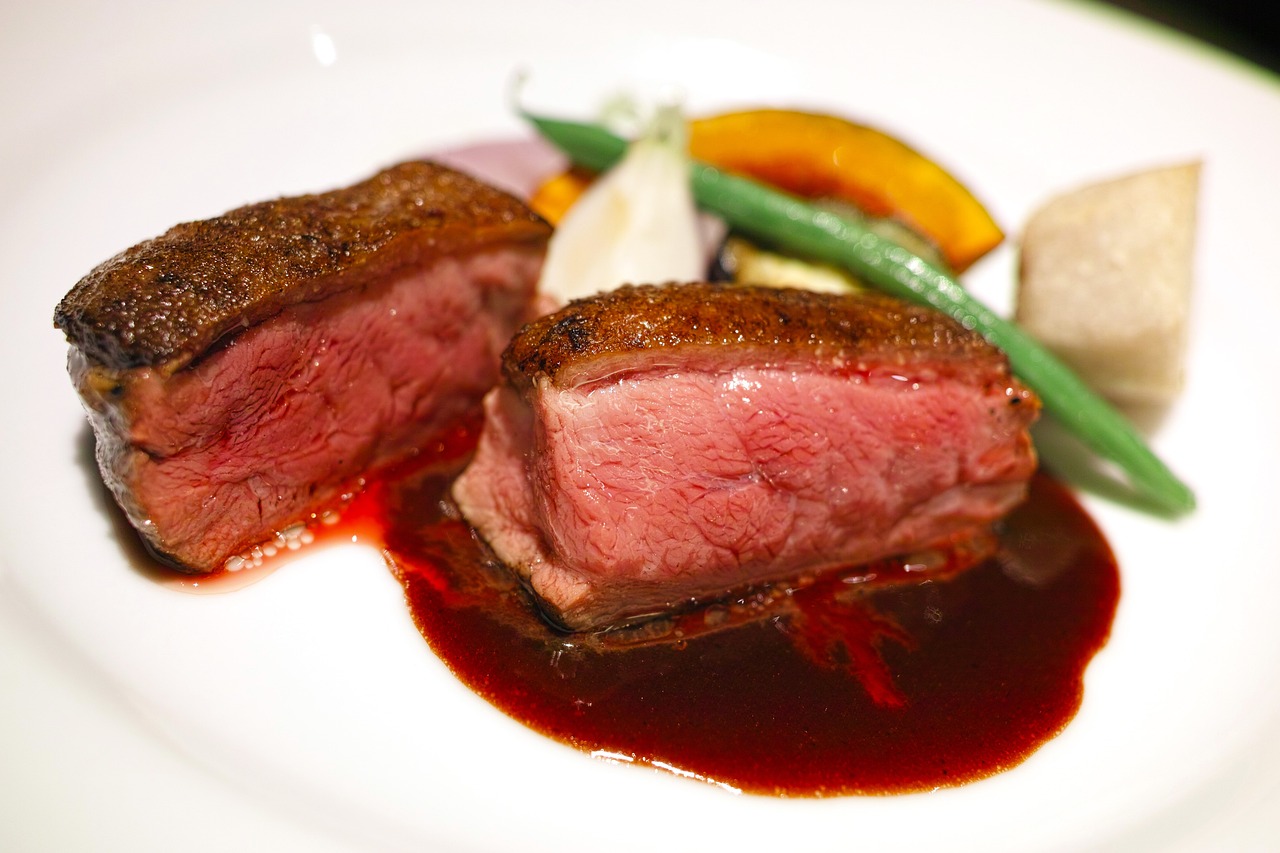
Cooking Techniques
When it comes to preparing the iconic Moroccan Tagine, the cooking techniques employed are as essential as the ingredients themselves. The traditional method involves slow cooking the stew in a conical clay pot over low heat, allowing the flavors to meld together and the meat to become tender. This slow and gentle cooking process is crucial for achieving the rich and aromatic profile that Tagine is known for.
The conical shape of the Tagine pot plays a significant role in the cooking process by allowing the steam to circulate and condense, keeping the dish moist and flavorful. The lid of the pot helps trap the steam, creating a self-basting effect that enhances the tenderness of the meat and intensifies the flavors of the spices and other ingredients.
One key technique in preparing Tagine is layering the ingredients thoughtfully to ensure even cooking and proper infusion of flavors. Meat is often placed at the bottom of the pot, followed by vegetables, fruits, and spices, creating a harmonious blend of tastes and textures. This layering technique contributes to the complexity of the dish and allows each component to shine through.
To achieve the perfect balance of flavors in Tagine, it is essential to use a combination of aromatic spices such as cumin, coriander, paprika, and cinnamon. These spices not only add depth and warmth to the dish but also complement the natural sweetness of ingredients like dried fruits and caramelized onions.
Another important aspect of cooking Tagine is monitoring the heat level throughout the cooking process. Maintaining a low and steady heat is crucial for allowing the ingredients to simmer gently and develop their flavors without scorching or overcooking. Patience is key when preparing Tagine, as the slow cooking method yields a dish that is rich, tender, and bursting with flavor.
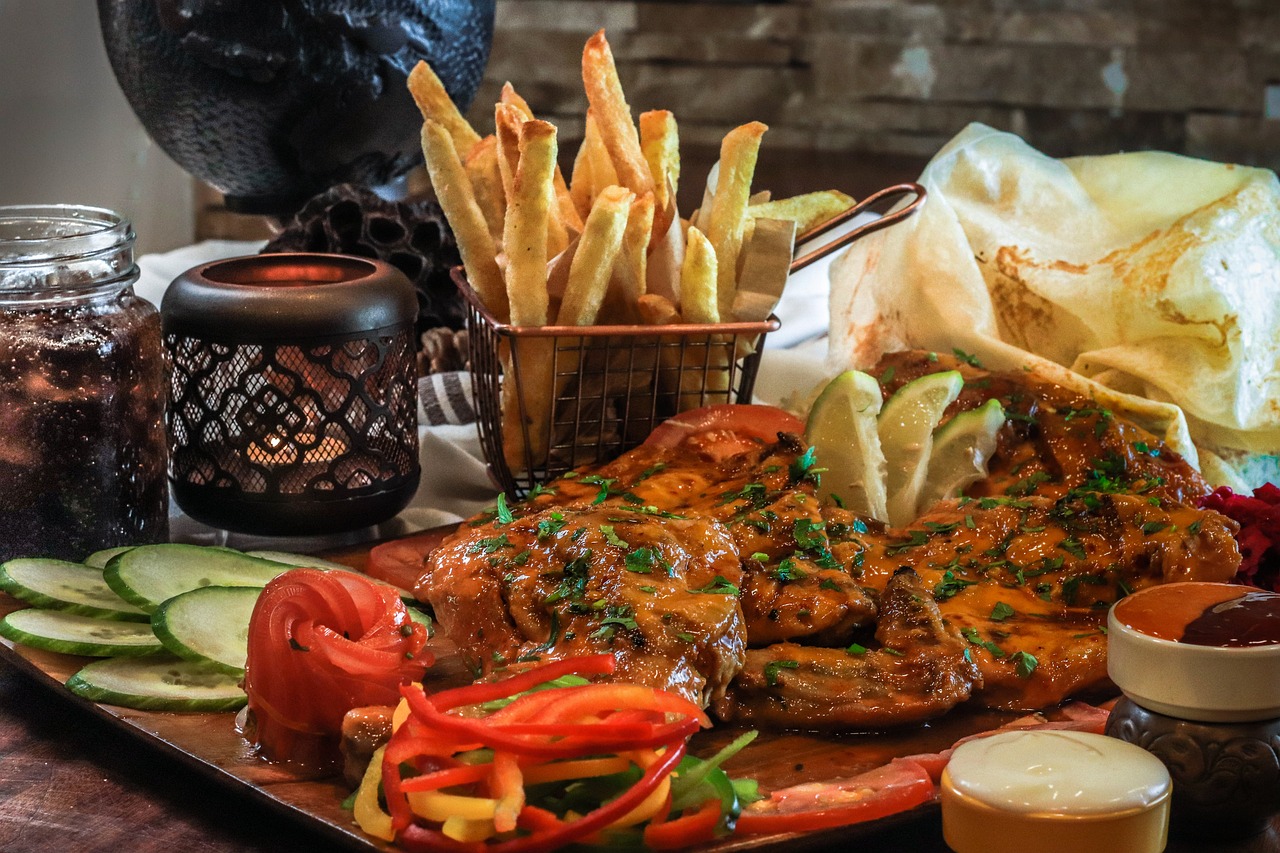
Serving and Presentation
When it comes to serving and presenting Moroccan Tagine, there is an art to creating a visually appealing and aromatic experience for your guests. The iconic conical pot, known as the Tagine, plays a crucial role in both the cooking and presentation of this traditional dish. Its unique shape allows the steam to circulate, ensuring that the ingredients are cooked evenly and infused with the rich flavors of the spices.
Arranging the ingredients in layers within the Tagine is not only aesthetically pleasing but also serves a functional purpose. The meat, vegetables, and spices are carefully stacked to create a harmonious blend of flavors that meld together during the slow cooking process. This layering technique ensures that each bite is a burst of Moroccan goodness.
When it comes to garnishing your Tagine, fresh herbs like cilantro and parsley add a pop of color and freshness to the dish. Nuts such as almonds or pistachios provide a crunchy texture contrast to the tender meats and vegetables. A sprinkle of sesame seeds or a drizzle of olive oil can elevate the presentation and add a final touch of flavor.
Traditionally, Tagine is served family-style, with everyone gathered around the table to share in the communal meal. The conical lid of the Tagine is removed at the table, releasing a tantalizing aroma that whets the appetite of all those present. Moroccans believe that sharing a meal like Tagine creates a sense of unity and togetherness among family and friends.
To complete the experience, consider serving Moroccan Tagine with a side of couscous or crusty bread to soak up the flavorful sauce. A refreshing salad or pickled vegetables can provide a light and tangy contrast to the rich and savory flavors of the Tagine. And of course, no Moroccan meal is complete without a pot of mint tea to cleanse the palate and aid digestion.
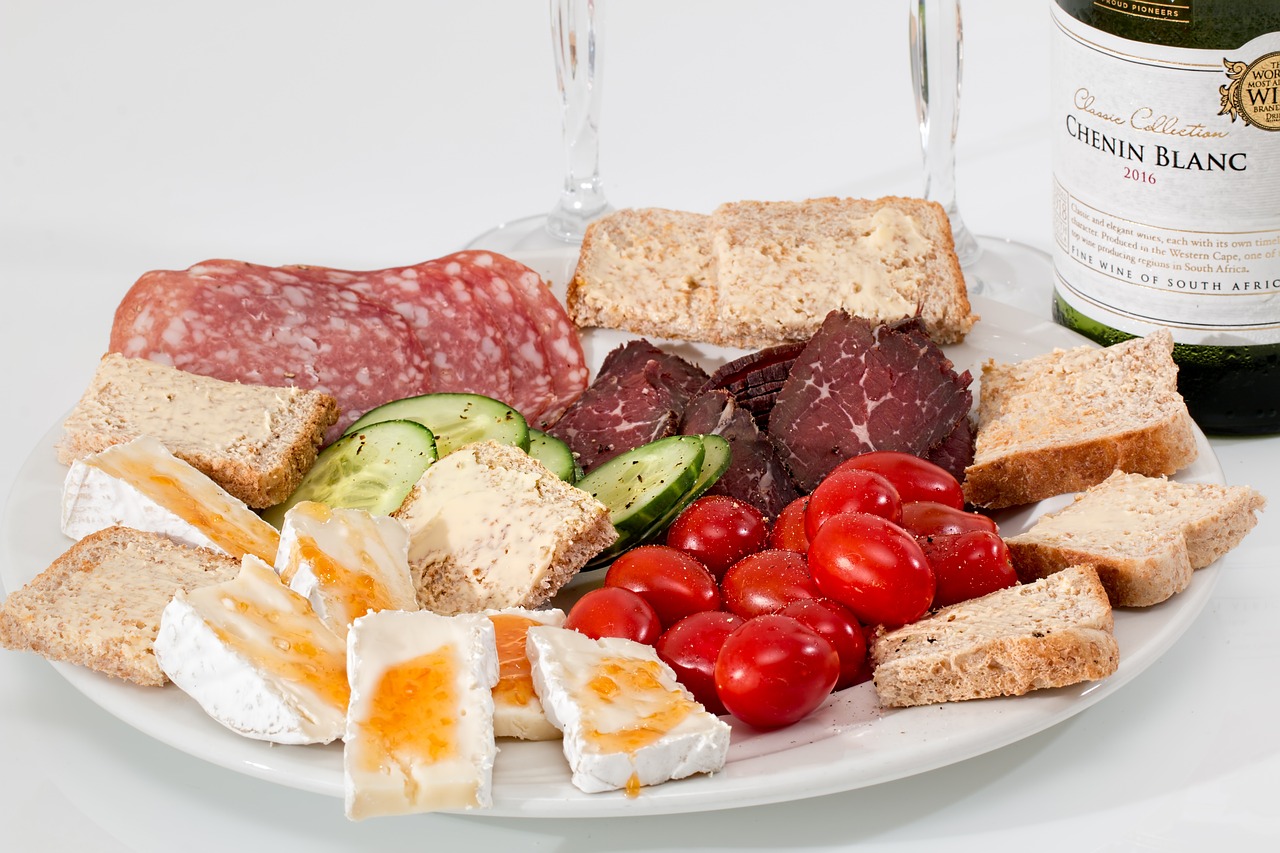
Health Benefits
When it comes to Moroccan Tagine, the health benefits go beyond just the delicious flavors. This iconic dish is a nutritional powerhouse, offering a range of essential nutrients that contribute to overall well-being. Packed with protein, fiber, and a variety of vitamins and minerals, Tagine is a wholesome meal that satisfies both the palate and the body.
The combination of lean meats, such as lamb or chicken, with an array of vegetables creates a balanced meal that is low in fat and high in essential nutrients. The slow cooking process not only enhances the flavors but also helps retain the nutritional value of the ingredients, making each bite not only flavorful but also nutritious.
One of the key health benefits of Moroccan Tagine is its high protein content. Protein is essential for muscle growth and repair, as well as overall energy levels. The inclusion of legumes like chickpeas or lentils in vegetarian versions of Tagine provides a plant-based source of protein, making it a versatile dish for individuals following different dietary preferences.
Moreover, the abundance of vegetables in Tagine contributes to its fiber content, which is crucial for digestive health and maintaining a feeling of fullness. The aromatic spices like cumin, turmeric, and paprika not only add depth of flavor but also offer anti-inflammatory and antioxidant properties, further enhancing the dish's health benefits.
Additionally, the use of ingredients like saffron, known for its mood-boosting properties, and dates, rich in vitamins and minerals, adds to the overall nutritional profile of Moroccan Tagine. The balanced combination of ingredients in Tagine makes it a wholesome and satisfying meal that can be enjoyed guilt-free.

Pairing with Moroccan Tea
When it comes to enjoying the rich and complex flavors of Moroccan Tagine, there's no better pairing than a steaming cup of traditional Moroccan mint tea. This iconic beverage, known for its refreshing and aromatic qualities, perfectly complements the hearty and aromatic stew of Tagine. The combination of the sweet and savory notes in the Tagine harmonize beautifully with the minty freshness of the tea, creating a truly delightful culinary experience.
The cultural significance of pairing Tagine with Moroccan tea goes beyond just taste. In Moroccan cuisine, sharing a meal is a communal experience that brings people together, and the ritual of enjoying Tagine with mint tea is a cherished tradition. The soothing warmth of the tea balances the bold flavors of the Tagine, enhancing the overall dining experience and creating a sense of hospitality and togetherness.
Traditionally, Moroccan mint tea is prepared by steeping green tea leaves with fresh mint leaves and sweetening it with sugar. The tea is poured from a height to create a frothy layer on top, adding to the sensory experience of the drink. The combination of the tea's sweetness and the Tagine's savory depth creates a perfect harmony of flavors that is both comforting and invigorating.
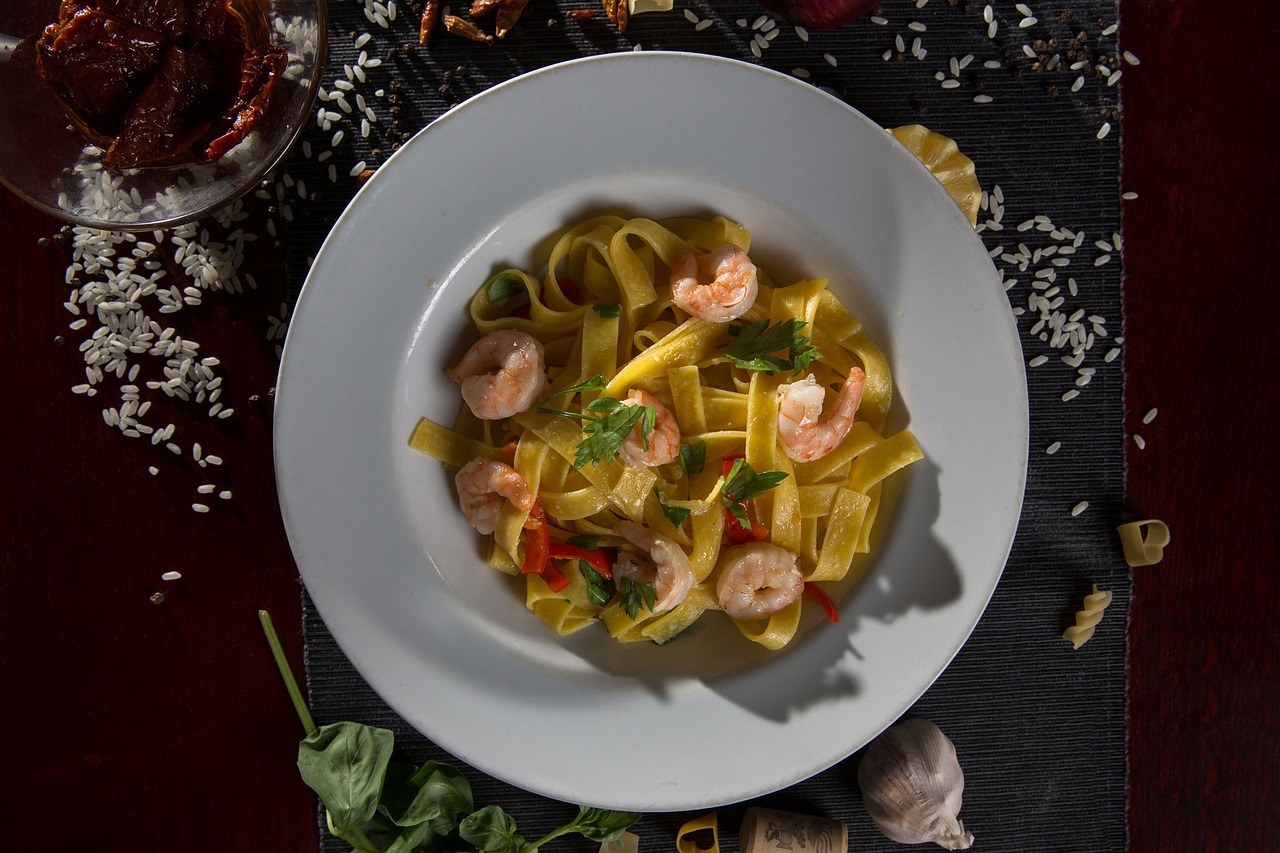
Modern Twists and Fusion
Modern chefs are constantly pushing the boundaries of traditional Tagine recipes, infusing them with innovative ingredients and techniques to create exciting new flavor profiles. By blending global influences with classic Moroccan flavors, these culinary artists are reimagining Tagine in unexpected and creative ways.
One popular modern twist on Tagine involves incorporating ingredients from different cuisines, such as Asian spices or Latin American herbs, to add a unique twist to the dish. This fusion of flavors creates a harmonious blend of tastes that tantalize the taste buds and offer a fresh take on the traditional Moroccan stew.
Chefs are also experimenting with alternative cooking methods, such as sous vide or smoking, to infuse Tagine with new layers of complexity and depth. By combining traditional slow-cooking techniques with modern innovations, they are able to elevate the dish to new heights while still honoring its rich culinary heritage.
Furthermore, the presentation of modern Tagine dishes has evolved to be more visually appealing, with chefs paying close attention to plating and garnishes. By artfully arranging the ingredients and incorporating vibrant colors and textures, these contemporary interpretations of Tagine are as much a feast for the eyes as they are for the palate.
Frequently Asked Questions
- What is the origin of Tagine?
Tagine originates from North Africa, particularly Morocco, and is named after the earthenware pot it is cooked in. This traditional dish has been enjoyed for centuries and holds a special place in Moroccan culture.
- What are the key ingredients used in Moroccan Tagine?
Moroccan Tagine is characterized by a blend of aromatic spices such as cumin, saffron, and cinnamon, along with ingredients like preserved lemons, olives, and dates. These components come together to create the rich and complex flavors of this dish.
- What are the different varieties of Tagine available?
There are various types of Tagine, ranging from the classic lamb and prune version to vegetarian options featuring chickpeas and root vegetables. Regional variations and unique twists on the traditional recipe offer a diverse range of flavors and ingredients to explore.
- How is Tagine traditionally served and presented?
Tagine is typically served in the iconic conical pot in which it is cooked, with ingredients arranged beautifully and garnished with fresh herbs and nuts. This communal dish is enjoyed with family and friends, adding to the cultural experience of dining on Tagine.
- What are the health benefits of Moroccan Tagine?
Moroccan Tagine is a nutritious dish packed with protein, fiber, and essential vitamins and minerals. The combination of lean meats, vegetables, and aromatic spices contributes to a balanced diet and offers a range of health benefits.



















